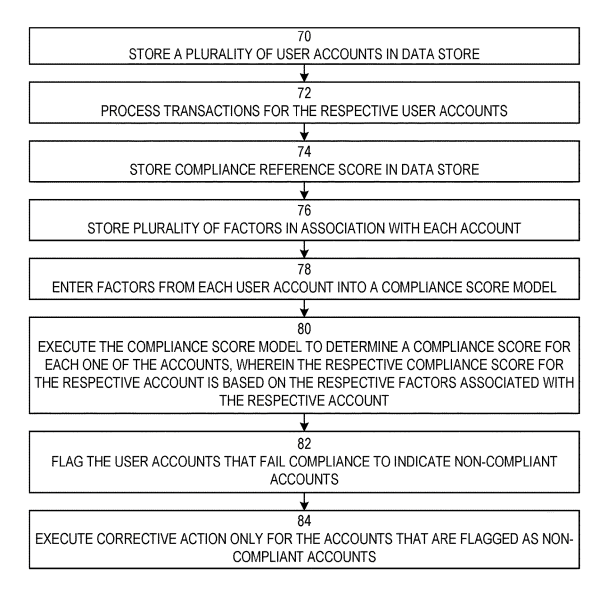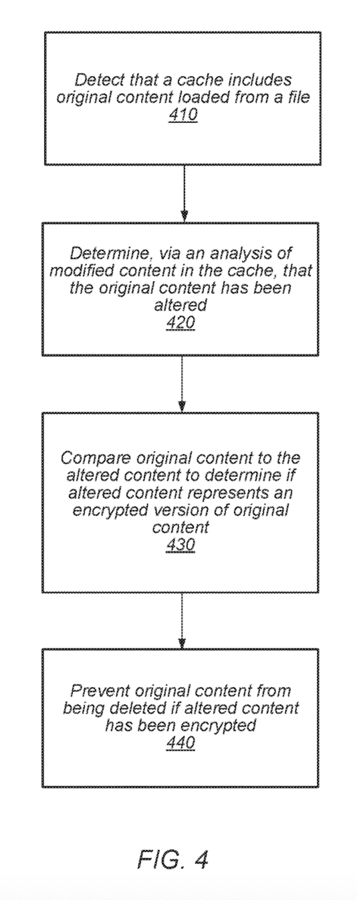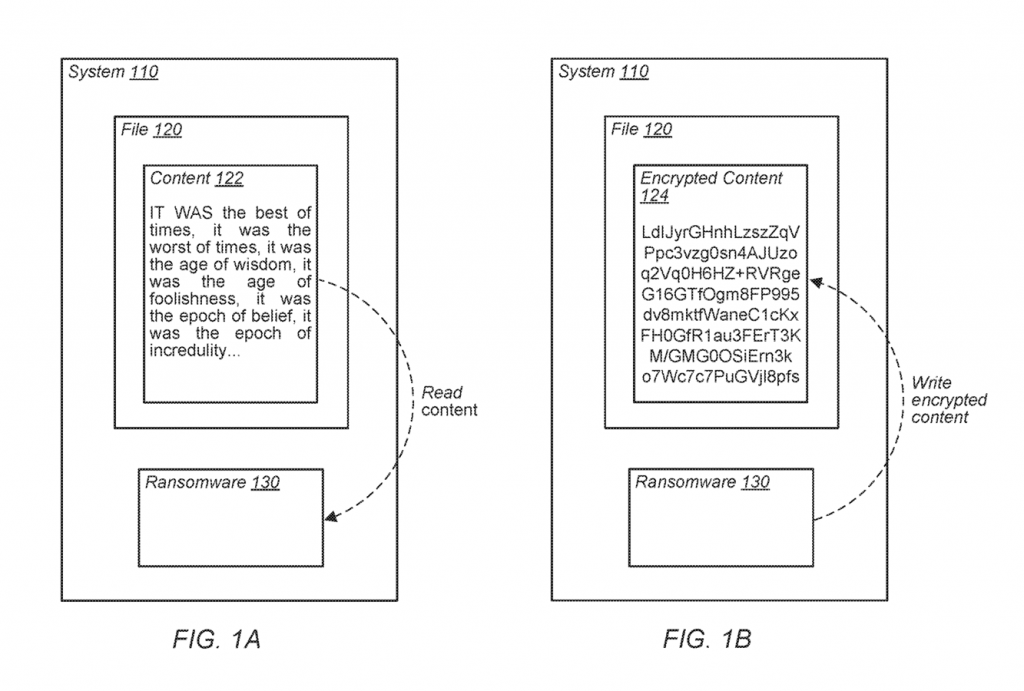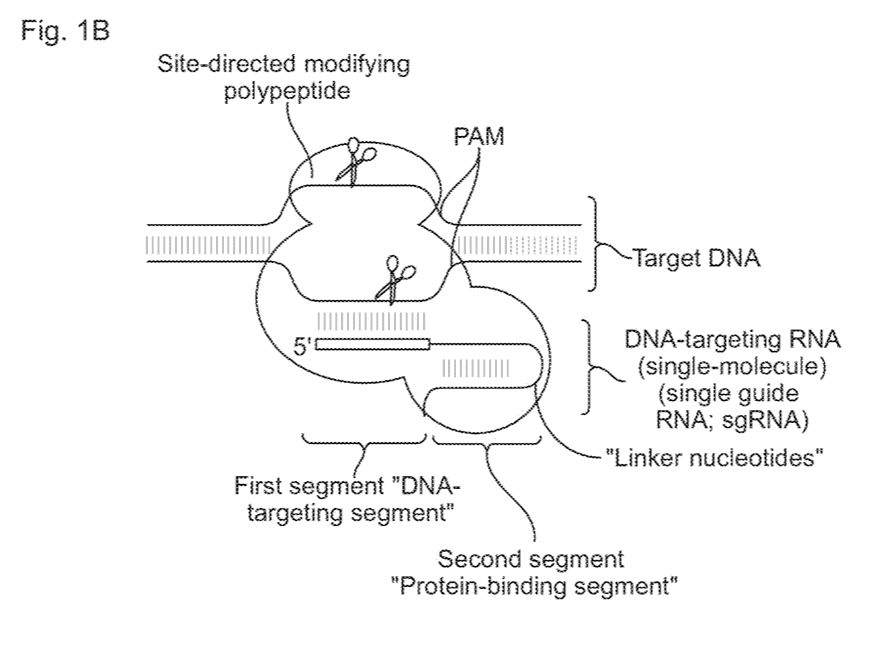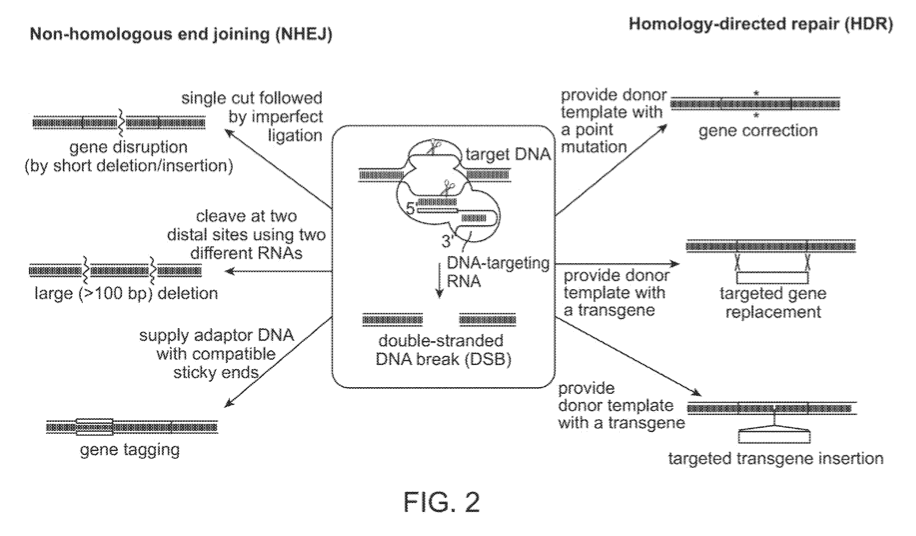After publishing entries 10 to 6 last week, in this article, we are going to unveil the five patents that—in our opinion—left a mark in 2019. Before reading on, can you guess which industry claimed 1st position?
#5 — US Patent 10482470: A safer cryptocurrency ecosystem—but at what cost?
Even though KYC (Know Your Customer) and AML (Anti-Money Laundry) requirements are a standard in mainstream cryptocurrency exchanges nowadays, in 2019 cryptocurrency-related fraud resulted in losses of more than US$4 billion.
One possible reason is that a clearly defined and uniform set of regulations is yet to be implemented in the cryptocurrency space, making it difficult for the exchanges to tackle this issue. However, this may soon change.
Coinbase—the largest cryptocurrency exchange—offers its solution in Patent 10482470, which describes a method for identifying and flagging non-compliant user accounts powered, once again, by AI.
The major novelty is that the algorithm takes into account a series of at least 23 details related to the accounts, such as age, balance details, transaction volumes, geographical location, if and how a user has a verified identity, email domain, number of addresses, number of bitcoin addresses transacted with, number of bank accounts, IPs, phone numbers, and verification attempts.
After identifying non-compliant accounts, the system applies a feedback mechanism to decide whether the account should be suspended or allowed to continue operation.
The patent also mentions “a level of due diligence that has been performed on the user account,” a factor that some have pointed out as too arbitrary. This aspect, together with the high number of personal details that the system is required to access in order to function properly, has raised concerns among the crypto community.
#4 — US Patent 10262138: The online payment king PayPal on a quest to save your data from hackers.
Despite being introduced almost a decade ago, ransomware attacks are still causing troubles in today’s hyperconnected world with a record of at least 1,100 malware varieties identified in 2019. Recent high-profile cases seem to confirm this unfortunate trend.
One example is the mid-2017 WannaCry, which was named “the worst ransomware attack in history” by Jonathan Penn, Director of Strategy at Avast. The malware, which made use of a leaked NSA hacking tool, took down a quarter-million devices among 116 counties.
More recently, a Department of Defense historical contractor was attacked by the malware Ryuk, which first appeared between 2018 and 2019. Allegedly originating in North Korea, it targeted big-sized organizations with little tolerance for downtime, such as newspapers.
PayPal, with the US Patent 10262138, introduced an innovative technique to contrast ransomware attacks by identifying their typical patterns:
- The copy of the target file
- The encryption of the latter
- The deletion of the original file
- The replacement of the latter with the encrypted copy
By doing so, this method can identify an attack in its early stages, blocking these operations if the software performing them is not included in a whitelist.
#3 — US Patent 10410117: Faster and more efficient neural networks to serve the IoT revolution.
Machine learning is one of the subsets of AI that deals with the capacity of a computer system to perform a given task without the need for specific instructions. This is achieved by training the algorithm with sample data—or training data—through which the computer builds a mathematical model.
This model is then applied to make decisions or predictions by assessing how much the new inputs differ from the patterns identified during the model-building phase of the learning process.
Artificial neural networks are one of the computational models that are utilized for machine learning. In particular, they are loosely inspired by the structure and the function of biological neural networks, with millions or even billions of simple processing nodes densely interconnected.
Patent 10410117’s main innovation relates to the fact that training data and mathematical models are stored within the nodes of the network itself, creating a sort of library that can be used to train another device, thus easing the computing load on the hosting CPU.
Another benefit of this technology by BrainChip—the developers of the AI processing chip Akida—is an increase in speed and accuracy, which are both required in advanced AI applications such as Advanced Driver Assistance Systems (ADAS), autonomous vehicles, augmented and virtual reality (AR/VR), and the overall IoT revolution.
To discover how Patentcloud—our cloud-based patent intelligence platform—leverages AI and machine learning, download the FREE white paper Patent Quality and Value Debunking the “All Patents Are Created Equal” Myth.

#2 — US Design Patent 855273: The first purpose-built GreenTech unit for the rapidly-growing cannabis industry.
As we covered in a recent installment of our Weekly Snapshot Series, the cannabis industry is growing rapidly: 250 is the number of cannabis-related patents issued by the USPTO between 2017 and 2018.
Even though the number may seem small, it is actually higher than the previous seven years combined. This trend reflects the recent developments in a number of fields:
- Medical treatments
- Pharmaceutical compositions
- Cultivation techniques
- Vaporizers
- Cannabis-infused products
Such growth brought not only new opportunities but also a series of challenges that need to be addressed as soon as possible, namely waste disposal.
US Design Patent 855273 covers an organic waste digester developed by the Canadian company Micron Waste Technologies as part of its waste processing system, which is capable of turning both food- and cannabis-related waste into contaminant-free greywater (which can be re-used in industrial or agricultural operations).
The applications of this unit go well beyond the cannabis industry. As mentioned by the company’s CTO, Dr. Bob Bhushan:
Our innovations allow Micron to deliver solutions to process waste compliantly from several target sectors—food processing; cannabis cultivation; beer, wine, and spirits; and other industries that generate organic waste.
(via Yahoo Finance)

#1 — US Patent 10428352: A pair of “DNA scissors” to eradicate genetically-based diseases.
Since its development in 2012 by Jennifer Doudna and Emmanuelle Charpentier, the CRISPR/Cas9 gene-editing system has opened the door to a wealth of possibilities in eradicating diseases such as Alzheimer’s and HIV.
Outside the human body, this powerful tool can potentially be used to put an end to malaria by altering the genomes of mosquito populations or to combat the worldwide issue of food shortages through crop engineering.
US Patent 10428352 is the last in a series of patents covering this technology that the USPTO granted last year. The common assignees of these documents are the University of California (Berkeley), the University of Vienna, and the aforementioned Emmanuelle Charpentier.
Apart from their importance in the areas mentioned above, these patents also gained prominence because they are at the core of a dispute with the Broad Institute (Cambridge, Massachusetts) over which team holds priority over the genome-editing method.
As of the time of writing, the dispute is still open in the US. In Europe, however, the Broad Institute has lost its claim to general patents on the technology. This IP ownership issue has generated concerns as it has the potential to paralyze future developments in this field.
HONORABLE MENTION — JP Patent Application 2019113645: Canon tries to fix—once and for all—the age-old annoyance of lost lens caps.
Regardless of the speed at which smartphone cameras are improving on a year-by-year basis, digital cameras are here to stay. As confirmation of this, the industry’s market size is expected to reach USD 19.77 billion within this year.
Those who have tried photography for some time, however, have soon encountered one of the major practical annoyances of this hobby or profession: lost lens caps. Countless discussions—from Reddit to amateur or professional photography forums—all revolve around this small but important detail.
Last year, a crowdfunding campaign for a universal lens cap raised $181,839, proving once again that misplaced lens caps are far from just a minor problem.
The first company to address the issue was Olympus, which five years ago released an automatic lens cap. The reviews online were enthusiastic. What went wrong, then? The design was compatible with just two camera models. With Japanese Patent 2019113645, Canon gives its solution while providing an added benefit:
The present invention functions as a lens hood at the time of shooting and as lens protection at the time of non-shooting, so that there is no need to attach/remove a lens cap or open/close a barrier.
(from the patent abstract)
The details—including the compatibility of this new lens cap—are still unknown. The previous “failure” by Olympus, however, might serve as a lesson for Canon.

Closing Thoughts
Going through and picking the best patents published in 2019 has been an educational and, above all, entertaining task.
From disease-eradicating gene-editing techniques to “simple” algorithms to make our favorite music a little bit more enjoyable, we believe that these patents will have an impact in the near future—some more than others.
But what is, in the end, the ultimate goal of innovation? Surely it’s to make our lives better. And these ten patents (plus one patent application) that we selected here certainly do so.
Do you agree with us? Make sure to let us know your favorite patent below on our social media pages. Or let us know your personal top 10! Last but not least: Did you learn anything from this article?

